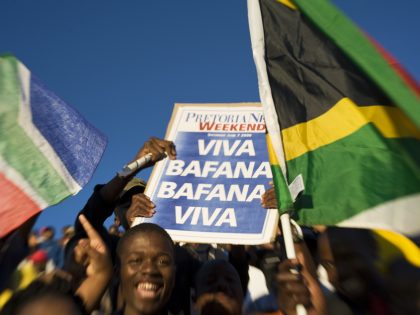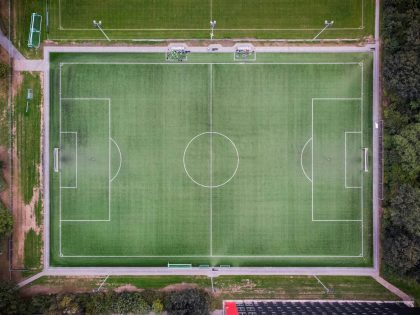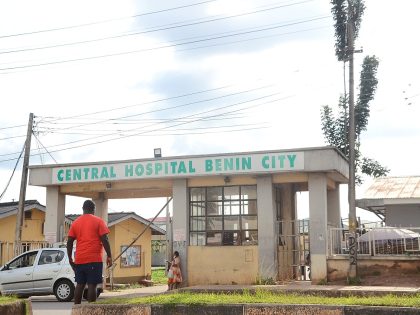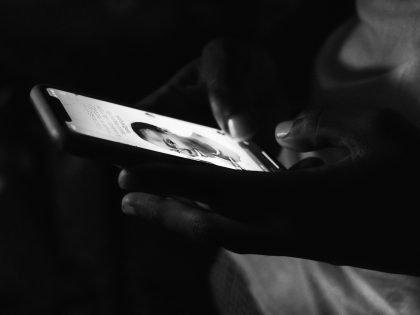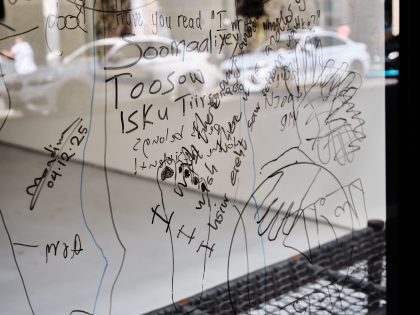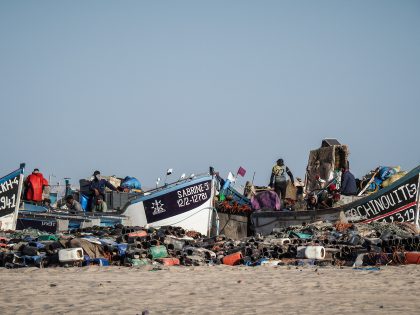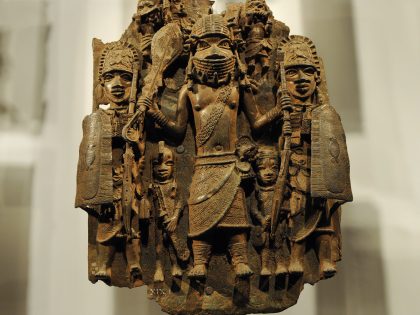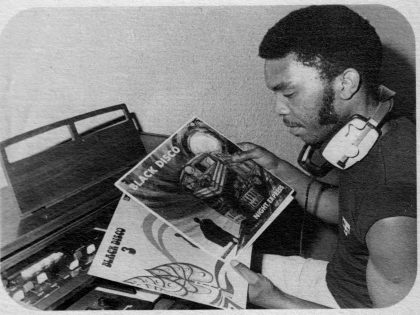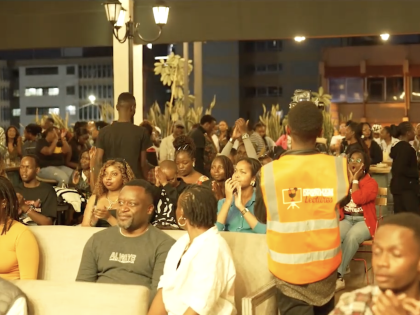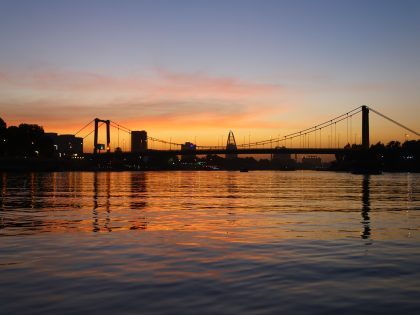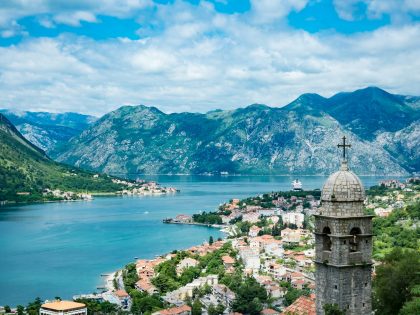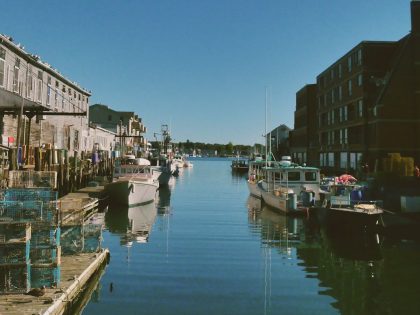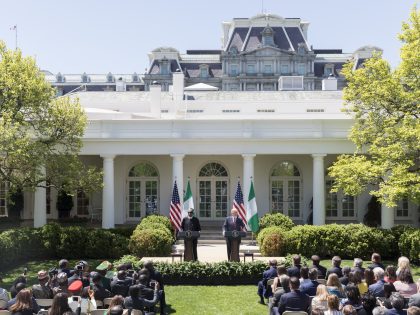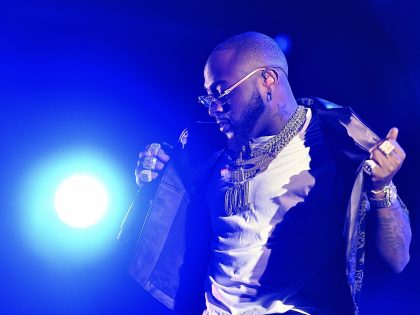The Russian connection
Soviet cinema had a major impact on the narratives, styles, and tone of African filmmakers.

A still from Sarah Maldoror's "Guns for Banta."
Russia may now be the object of black people’s nightmares. But a long time ago Africans looked to Russia, well the Soviet Union. Let’s take cinema. Ousmane Sembene (“the father of African cinema”), Guadeloupean filmmaker Sarah Maldoror, and Abdourahmane Sissako (partly from Mauritania and Mali), among the most prominent, went to study in the Soviet Union. Sembene and Maldoror, for example, studied with famed directors, Mark Donskoi and Sergei Gerasimov, in Moscow.
And Soviet cinema had a major impact on the narratives, styles, and tone of a generation of African filmmakers afterward.
Sembene’s work was influenced by the austere style of his mentors.
Take Abdourahmane Sissako, the Mauritanian-born Malian director, for example. He documented Soviet influence on his politics and filmmaking in his documentary, “Rostov-Luanda” (1998). The film highlights how his time in Rostov influenced his pan-African sensibilities and also foreshadowed some of his disillusionment with postcolonial Africa. Sissako went to the Soviet Union in the early 1980s to study. The film is a travelogue where Sissako goes in search of an old Angolan friend who studied with him in Rostov. At one point, near the end of the film, they eventually meet and greet each other in Russian, described by Sissako in the film’s narration as “… the language we learned together in the name of old illusions.”
That connection was the subject of a recent public panel, “The Russian Connection,” in London.
The event was to celebrate the work of Guadeloupean filmmaker Sarah Maldoror, the director of the 1973 unfinished film, “Guns for Banta,” about the liberation war against Portuguese colonialism in Guinea-Bissau. Maldoror was a classmate of Sembene. The event was held at Gasworks Gallery in London in February 2011. It was curated by Basia Lewandowska Cummings. The panel was an extension of an exhibition, also at Gasworks Gallery: “Foreword to Guns For Banta,” by the artist Matthieu Kleyebe Abbonenc.
This is an edited video of that panel which I finally watched this weekend. It’s summer so I am catching up. The panel consisted of film scholars Jeremy Hicks and Ros Gray as well as the artist and writer Kodwo Eshun. It starts with the first images of Africa in Soviet Cinema in which Africa was seen as an ally against Western imperialism and capitalism.

